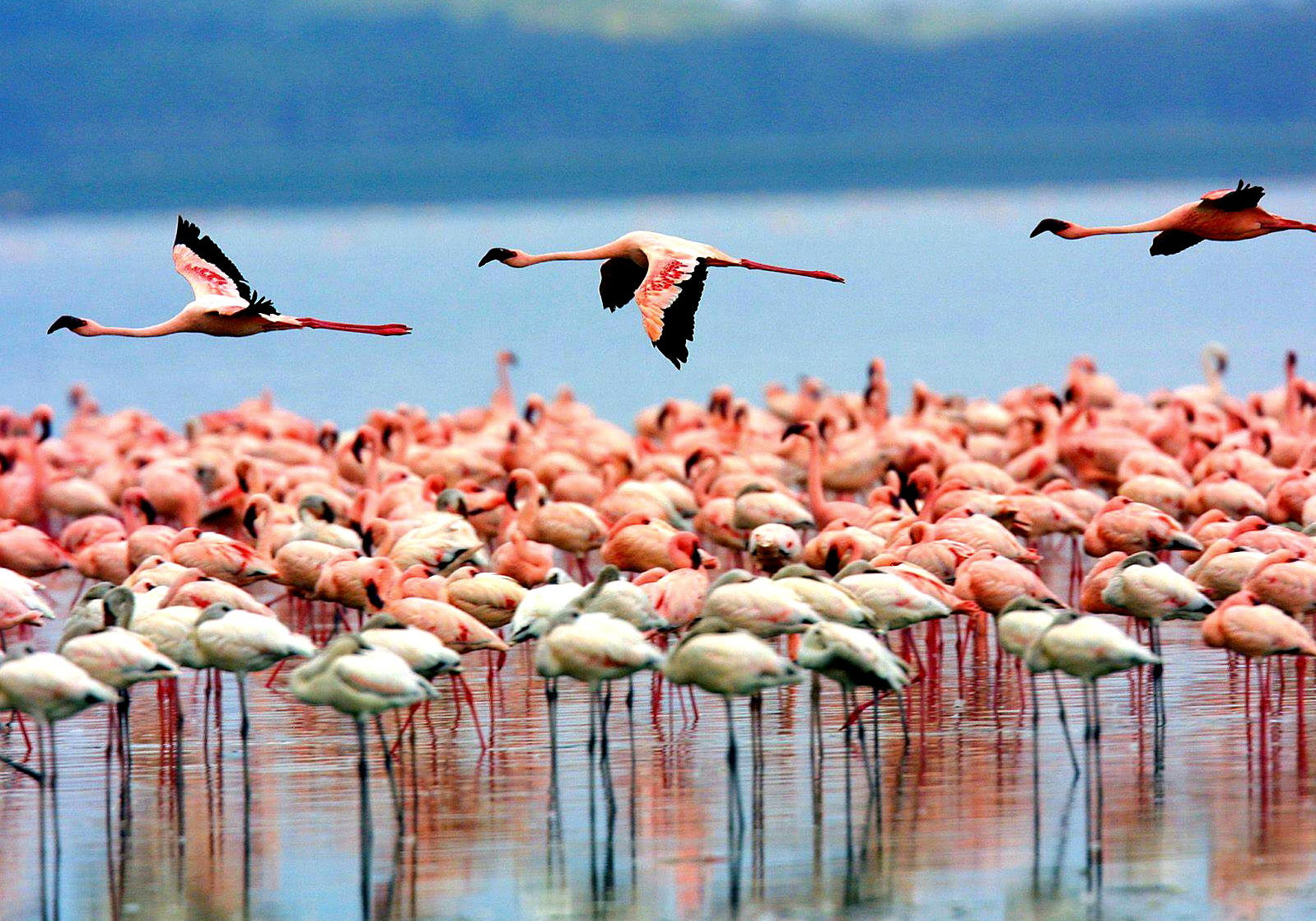
Lake Manyara National Park represents a place where the unique and diverse ecosystems of the Manyara region, including the lake and its surroundings, are conserved and managed for the benefit of both wildlife and visitors. It is a destination renowned for its abundant wildlife, birdlife, and picturesque landscapes, making it a significant component of Tanzania’s conservation and tourism efforts.
About Lake Manyara National Park
Lake Manyara National Park is a stunning and diverse protected area located in northern Tanzania, East Africa. Known for its scenic beauty, abundant wildlife, and unique ecosystems, it offers visitors a captivating safari experience. Here are some key details about Lake Manyara National Park:
Location: Lake Manyara National Park is situated in northern Tanzania, approximately 126 kilometers (78 miles) southwest of Arusha. It is part of the larger northern safari circuit and is easily accessible from other popular destinations like Tarangire National Park and Ngorongoro Conservation Area.
Size: The park covers an area of about 330 square kilometers (128 square miles), making it relatively compact compared to some of Tanzania’s larger national parks.
Lake Manyara: The park derives its name from Lake Manyara, a shallow alkaline lake that serves as its centerpiece. The lake’s size can vary significantly depending on the season, but it often covers a substantial portion of the park.
Ecological Diversity: Lake Manyara National Park is renowned for its remarkable ecological diversity. It encompasses a range of habitats, including the lake itself, groundwater forest, acacia woodlands, grassy plains, and hot springs. This diversity of landscapes supports a wide variety of wildlife.
Wildlife: The park is home to a rich array of wildlife, including large mammals like elephants, buffaloes, giraffes, zebras, and various antelope species. One of the park’s unique features is its tree-climbing lions, which can sometimes be seen resting in the branches of acacia trees. Additionally, Lake Manyara is a haven for birdwatchers, with over 400 bird species recorded, including flamingos, pelicans, and numerous waterfowl.
Activities: Visitors to Lake Manyara National Park can enjoy a range of activities, including game drives, bird-watching, and walking safaris. The park’s compact size makes it an excellent choice for a day trip or as part of a larger safari itinerary.
Conservation: Lake Manyara National Park plays a vital role in wildlife conservation efforts in Tanzania. It is part of the Tarangire-Manyara ecosystem, which is crucial for the conservation of biodiversity in the region.
Accessibility: The park is easily accessible from Arusha, making it a popular starting point for many safaris in northern Tanzania. It is also conveniently located near other popular destinations such as Tarangire National Park and Ngorongoro Conservation Area.
Scenic Beauty: Beyond its wildlife, Lake Manyara National Park is known for its stunning landscapes. The lake’s reflective waters, the lush groundwater forest, and the backdrop of the Rift Valley escarpment create picturesque scenes for visitors.
Cultural Interaction: Some tours offer opportunities to interact with local Maasai communities living near the park, providing insight into their traditional way of life.
Lake Manyara National Park is a treasure trove of natural beauty and wildlife diversity, making it a must-visit destination for those exploring northern Tanzania’s safari circuit. It offers a unique blend of wildlife, scenery, and cultural experiences.
Tips to keep in mind when planning your visit Lake Manyara National Park:
Visiting Lake Manyara National Park in Tanzania is a memorable experience, offering diverse wildlife and stunning landscapes. Here are some important tips to consider when planning your trip:
Best Time to Visit:
- The dry season (from June to October) is the ideal time for wildlife viewing as animals are concentrated around water sources.
- The wet season (from November to May) is lush and offers great bird-watching opportunities but can make wildlife harder to spot.
Park Entry Fees:
- Be prepared to pay park entry fees, which vary based on your nationality and the duration of your visit. These fees support conservation efforts.
Accommodation Booking:
- Reserve your accommodation well in advance, especially if you plan to stay in lodges or camps within or near the park. Manyara offers various lodging options.
Guided Safari:
- Consider booking a guided safari with a reputable tour operator or guide. Experienced guides can enhance your wildlife viewing experience and provide valuable insights.
Safari Vehicle:
- Ensure your safari vehicle is suitable for off-road driving. A 4×4 vehicle is recommended for exploring the park’s diverse terrain.
Health Precautions:
- Consult with a healthcare provider for necessary vaccinations and medications, including antimalarials, before your trip to Tanzania.
Travel Insurance:
- Purchase comprehensive travel insurance that covers medical emergencies, trip cancellations, and other unforeseen events.
Packing Essentials:
- Pack lightweight, breathable clothing for warm days and layers for cooler evenings and early mornings.
- Bring a wide-brimmed hat, sunscreen, and insect repellent.
- Binoculars and a camera with a telephoto lens are essential for wildlife and birdwatching.
Wildlife Viewing:
- Exercise patience and spend time near waterholes and riverbanks, where animals often gather.
- Maintain a safe distance from wildlife and follow your guide’s instructions for safety.
Cultural Respect:
- If you have the opportunity to interact with local communities, particularly the Maasai, be respectful of their customs and seek permission before taking photos.
Conservation Awareness:
- Educate yourself about the park’s conservation efforts and support responsible tourism practices by minimizing your environmental impact.
Safety Measures:
- Follow safety guidelines provided by your guide or park authorities, especially when walking or hiking in the park.
Cash and Currency:
- Carry some cash (Tanzanian Shillings) for small purchases and tips, as not all places accept credit cards.
s

Diverse Birdlife: Lake Manyara National Park is a paradise for birdwatchers, with over 400 bird species recorded within its boundaries. One of the highlights is the large population of flamingos that visit the lake, creating a stunning pink spectacle. Additionally, the park is home to numerous other bird species, including raptors, waterfowl, storks, and various colorful forest birds. Bird enthusiasts have the opportunity to spot a wide range of avian species, making Lake Manyara a fantastic destination for ornithology enthusiasts and photographers.

